TALENTS
teresa van dongen
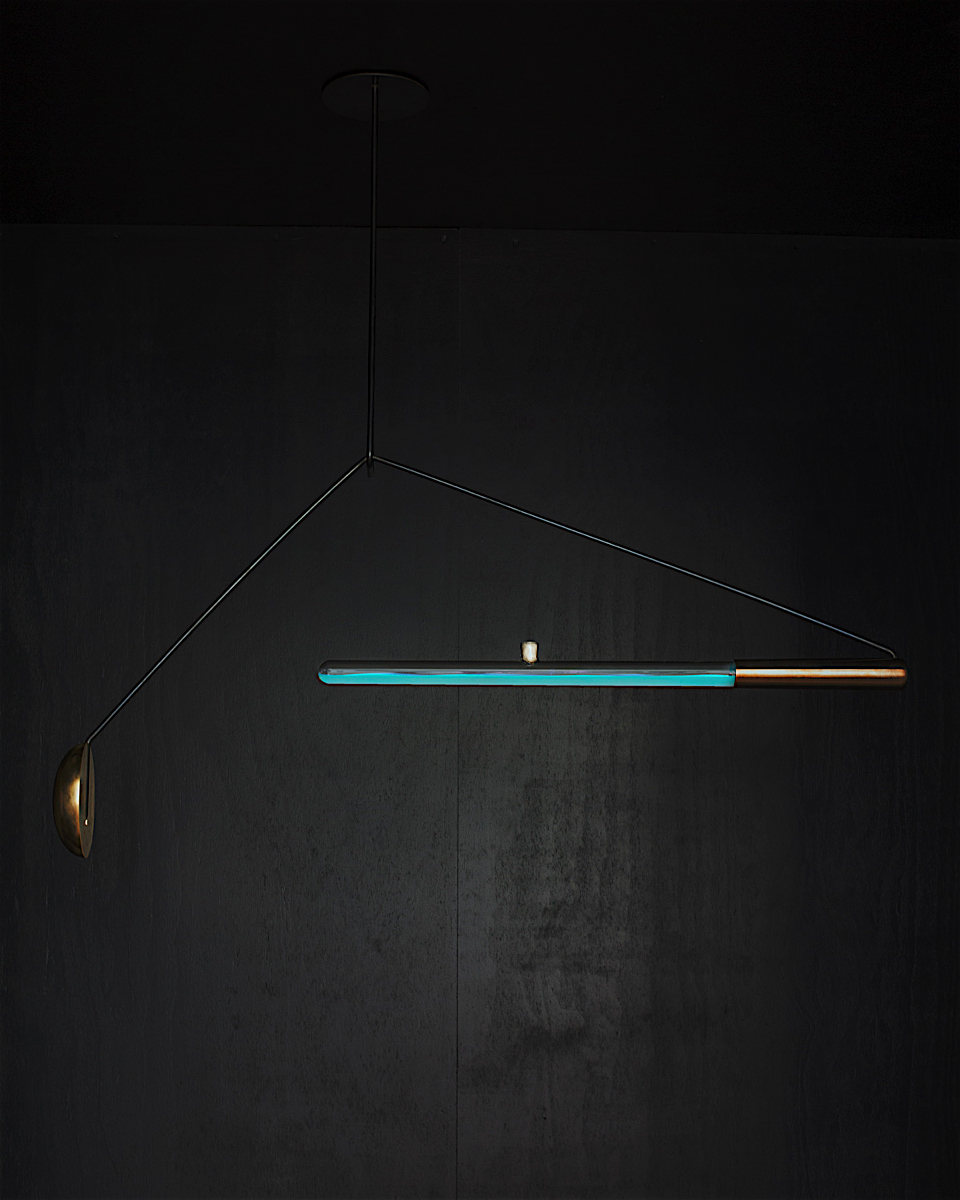
Teresa van Dongen, AMBIO_photo by Hans Boddeke
Teresa van Dongen recently graduated the Design Academy – Netherland is exploring the boundaries and connection of design and biology. For you to get to know her better, we’ve ask her some questions about her work:
You graduated from the Design Academy in 2014, what did you do until now?
When I graduated my project ‘Ambio’ gave me a flying start: it was exhibited, awarded and published internationally. ‘Ambio’ is a lamp that works on bioluminescent bacteria from the skin of an octopus. The bacteria are inside a seawater liquid, when they are oxygenated by movement they emit a dim blue light. In 2015 I won a ‘Dutch Design Award’ and ‘the Eyes on Talents Award’. The last award allowed me to create a big installation at the Musée des Arts Décoratifs in Paris during D’Days 2015 called ‘One Luminous Dot’, a continuation of ‘Ambio’. Since then I continued to work with microorganisms. My latest project ‘Spark of Life’ is a lamp that works on electro active bacteria.
First you studied biology and after you applied at the Design Academy Eindhoven. What made you want to be a designer too?
Actually, I never wanted to become an artist like many of my friends did, but when I discovered that through design you could make so called “applied arts” I knew that that was what I wanted to do because I love to do or create something for others. The direction “Well Being” at the Design Academy fitted exactly what I wanted to do because it focuses on the well being of all living things and systems; people, nature, animals and the society as a whole.
What aspects of biology are fascinating to use for your designs?
During my study Biology, I noticed that interesting developments in the field of science often didn’t leave the confined space of the lab, or find an application in daily life. I see a great opportunity for designers to work together with scientists and use each other’s knowledge for co-creation.
Can you describe your creative process? How do you start your project, what is your goal and how do you know it’s finished?
To start with, I take a period to do research into scientific developments; I go to lectures, watch documentaries and I read about it. When I find something that takes my interest, I try to find if there is a scientific discipline related to the subject and to find someone working in that field. Often professors are quite willing to call or meet me in person, and at this point I already have some sketches of what I imagine could be a done with the technique I have in mind.
If the professor finds it interesting he/she puts me in contact with his or her (master) students, who are often happy doing something new and experimental. During ‘Ambio’, the students did sometimes even text me in the middle of the night after drinking in the pub, telling me that they would go to the laboratory to check if the bacteria were still emitting light. After I understand the science, technique and the essence of the technology to try to simplify it. Then I try to make the technology part of the design and when it’s working, I know it’s finished.
If I look at the projects you did, like ‘Spark of life’ and ‘Ambio’, almost everything has to do something with light. What makes you being fascinated with light?
I am mostly fascinated with alternative and natural forms of energy. Light is only one of the many “translations” of energy but it is almost a primal need for human beings. We are currently living in a time where energy is a concept that is and needs to rapidly change. I don’t think that the light of ‘Ambio’ or ‘Spark of Life’ will replace any regular lighting yet, but it surely is a great natural addition to the existing artificial lighting.
Do you think your work could be used for mass-production in the near future?
I think it is possible to produce some of my works in large numbers. At the moment I am investigating the options of making a consumer friendly version of ‘Spark of Life’. For the past few years I have been keeping bacteria samples alive for several weeks in a row during exhibitions. For Ambio that was quite time consuming, it needed daily care. My latest lamp ‘Spark of Life’ is already alive for about a year. This lamp only needs a bit of nourishment once a month. I personally believe that taking care of your lamp enhances the relationship between product and its user.
What are your plans for the future?
I think it is an important step to see if I can create a living lamp that is available on the market. I have noticed that there’s a great trend where designers create experimental and conceptual designs. It’s important to show people that also these experimental designs could become part of your daily life. Besides making prototypes, which I love doing the most, it’s important to take the experimental crossover of disciplines to a next level and make it available to anyone’s interest. My dream is that people have to ask their neighbours to feed their lamp whenever they go on a holiday.
Nine van der Wal
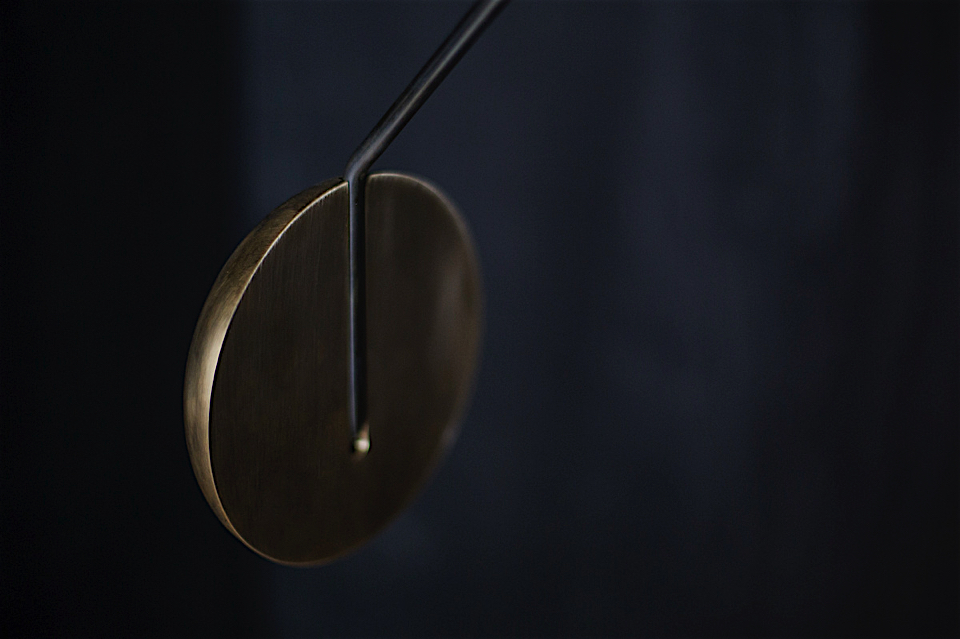
Teresa van Dongen, AMBIO2_photo by Hans Boddeke
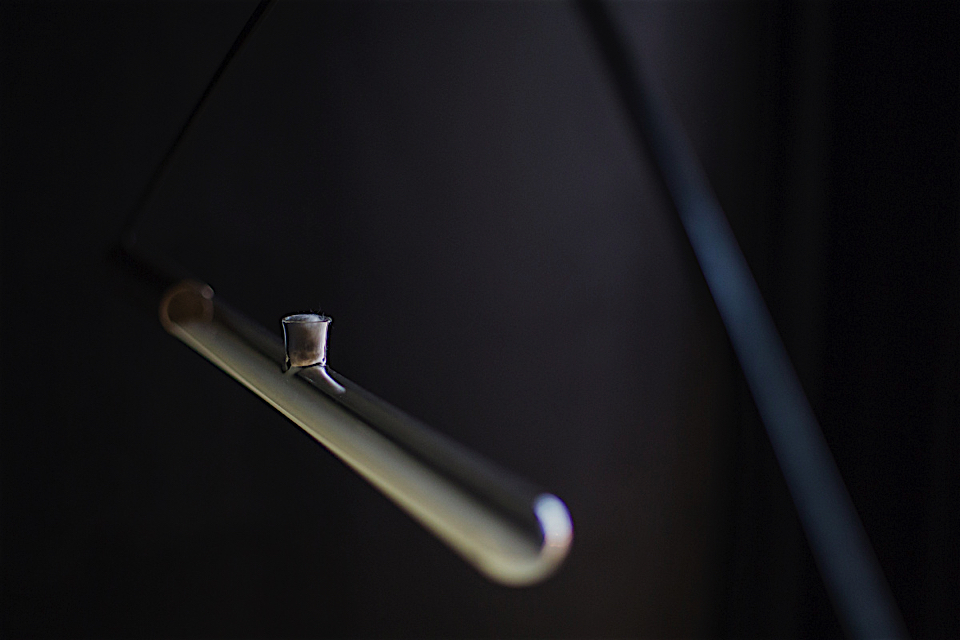
Teresa van Dongen, AMBIO photo by Hans Boddeke
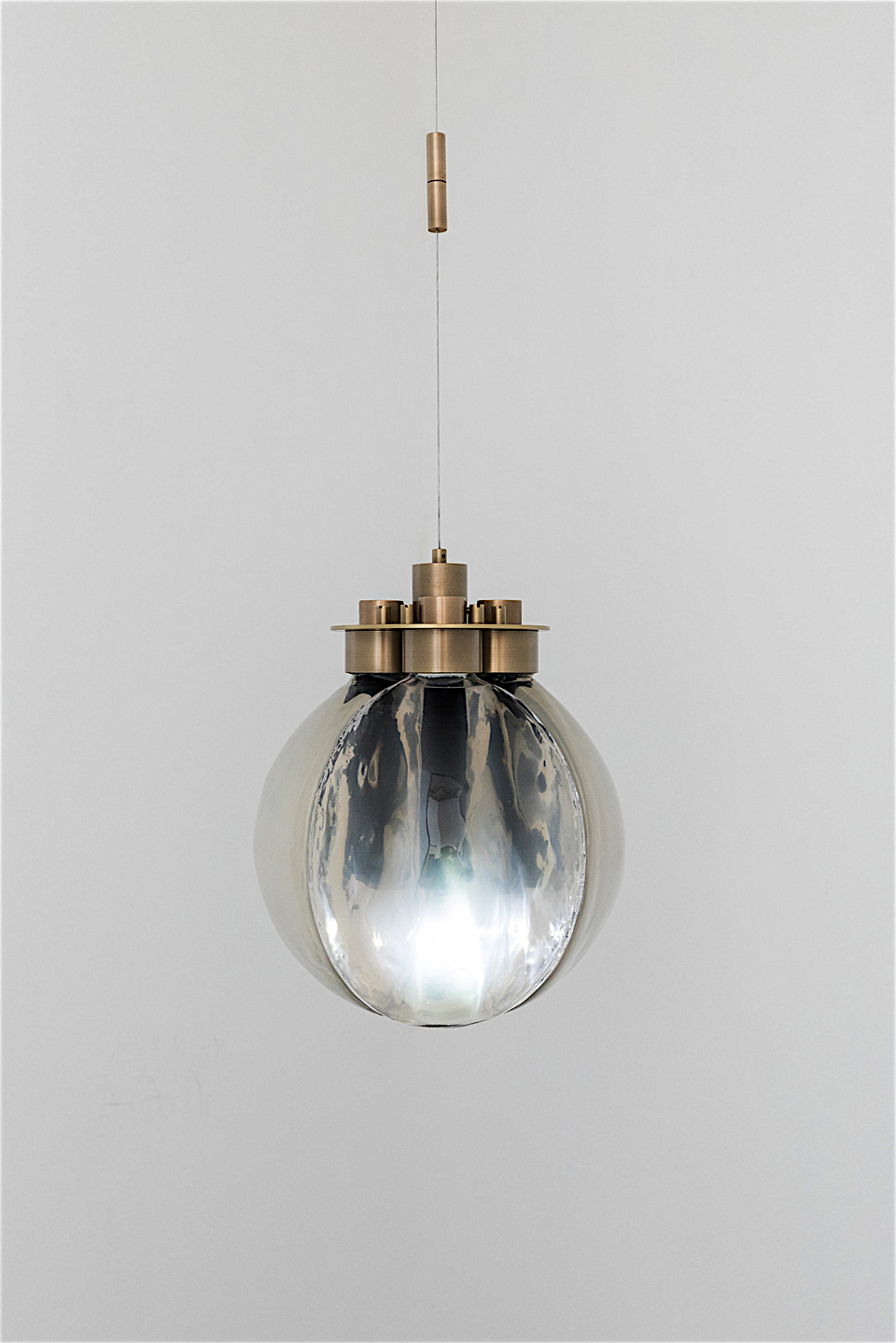
Teresa van dongen, Spark Of Life photo by Hans Boddeke
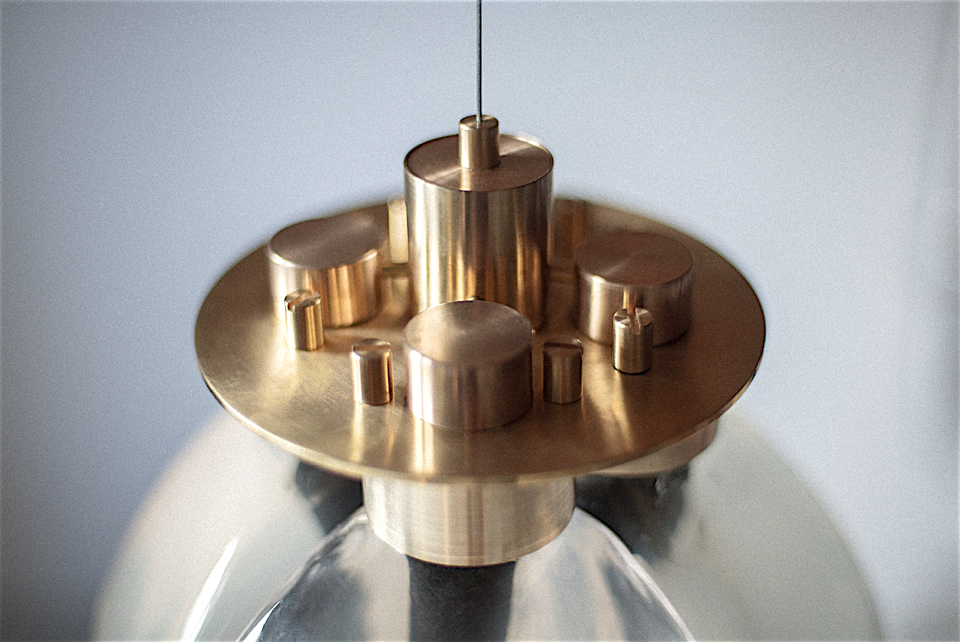
Teresa van dongen, Spark Of Life photo by Hans Boddeke
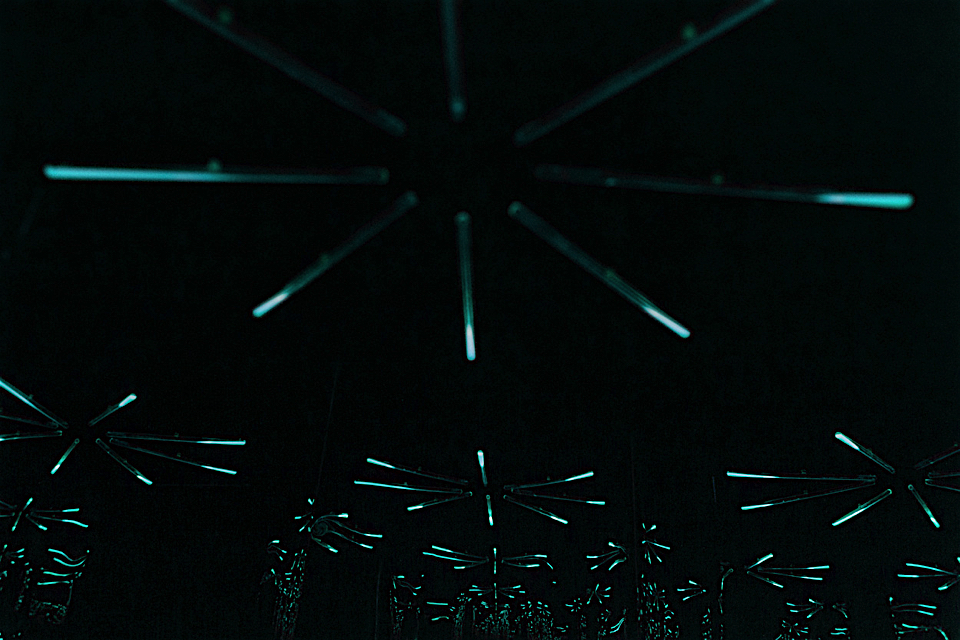
Teresa van dongen, OneLuminousDot photo by Hans Boddeke
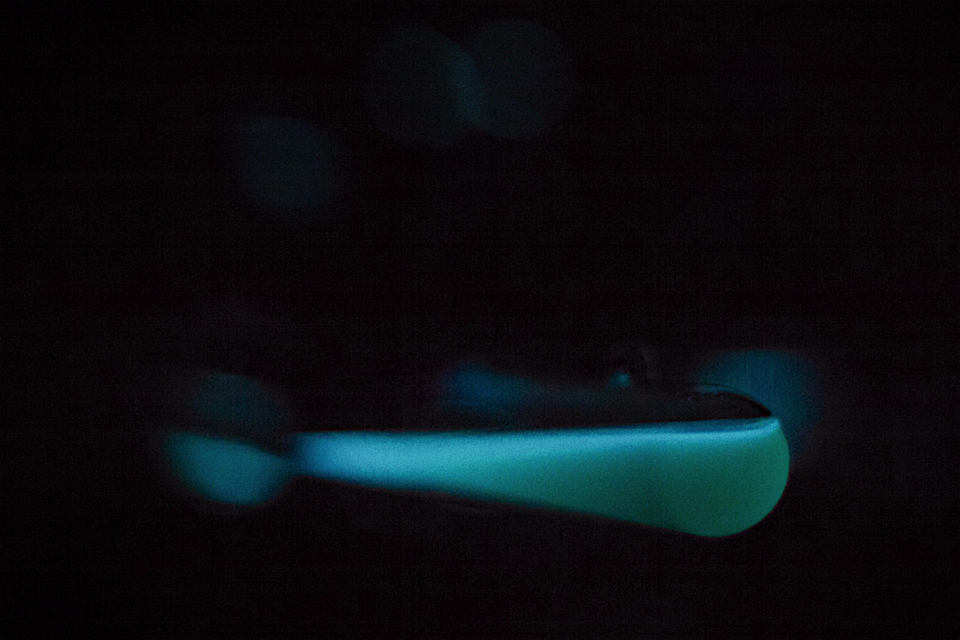
Teresa van dongen, OneLuminousDot photo by Hans Boddeke
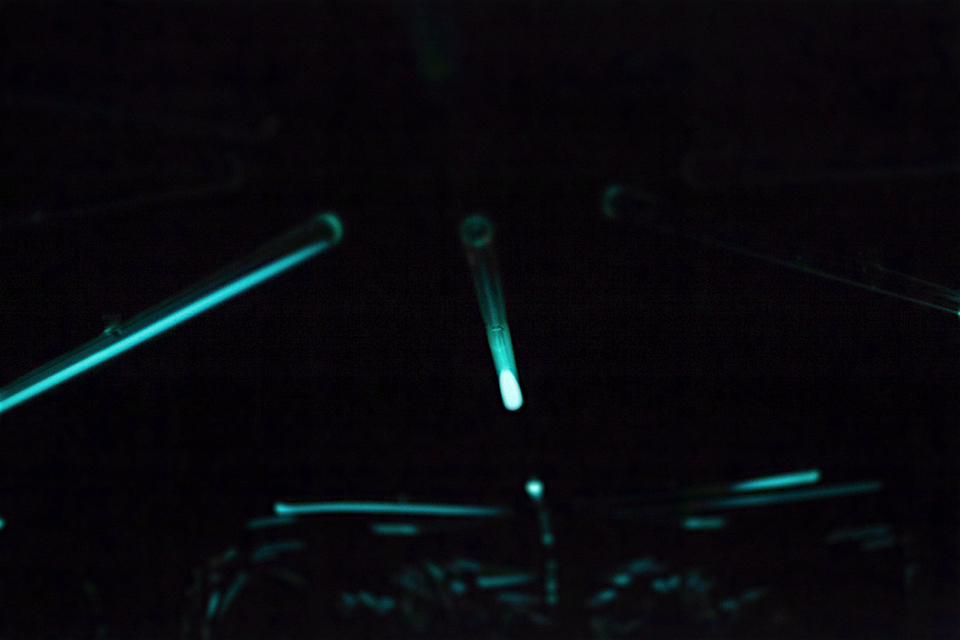
Teresa van dongen, OneLuminousDot photo by Hans Boddeke
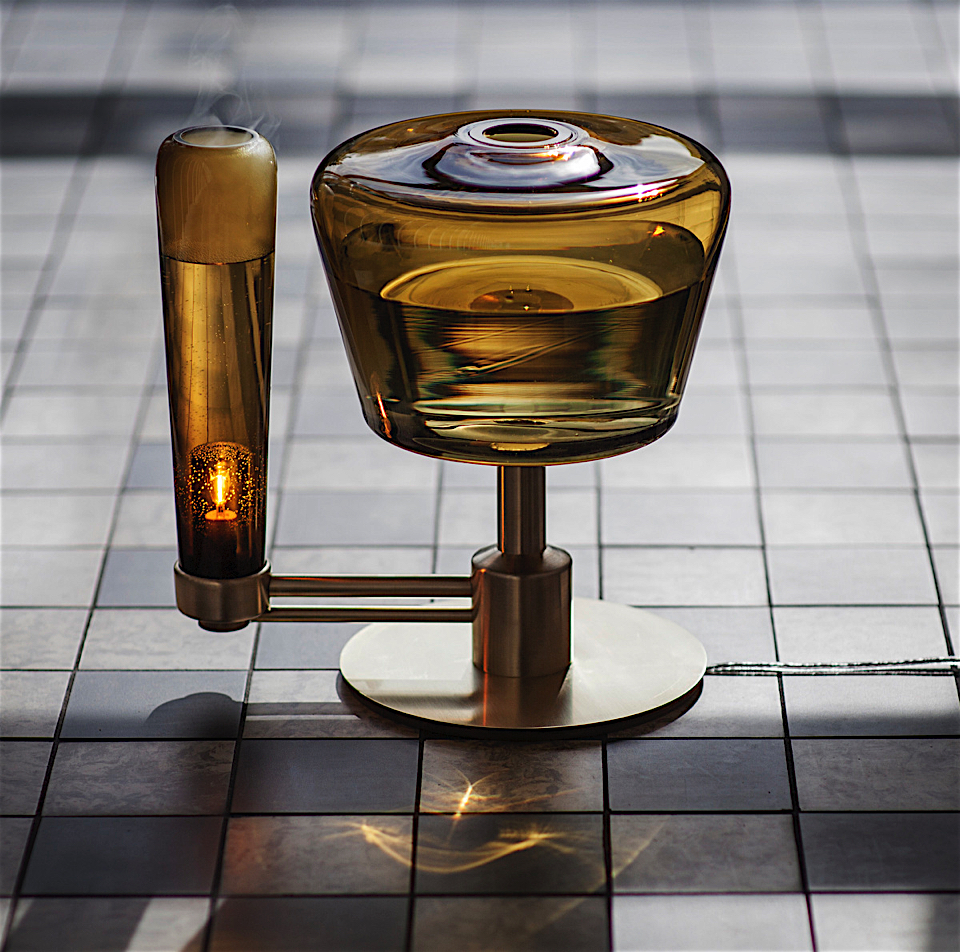
Teresa van Dongen, LUMIST photo by Hans Boddeke
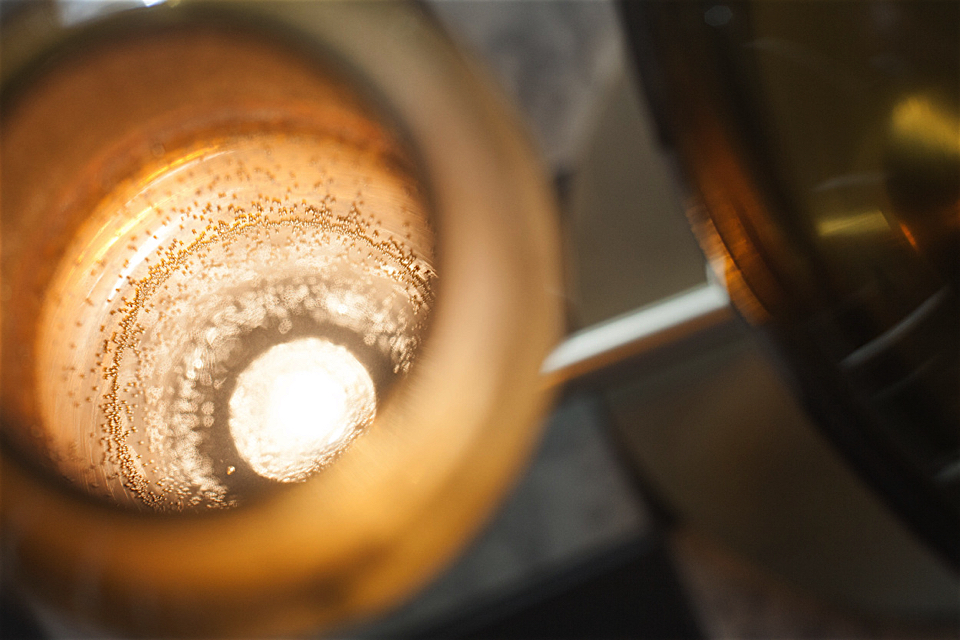
Teresa van Dongen, LUMIST photo by Hans Boddeke
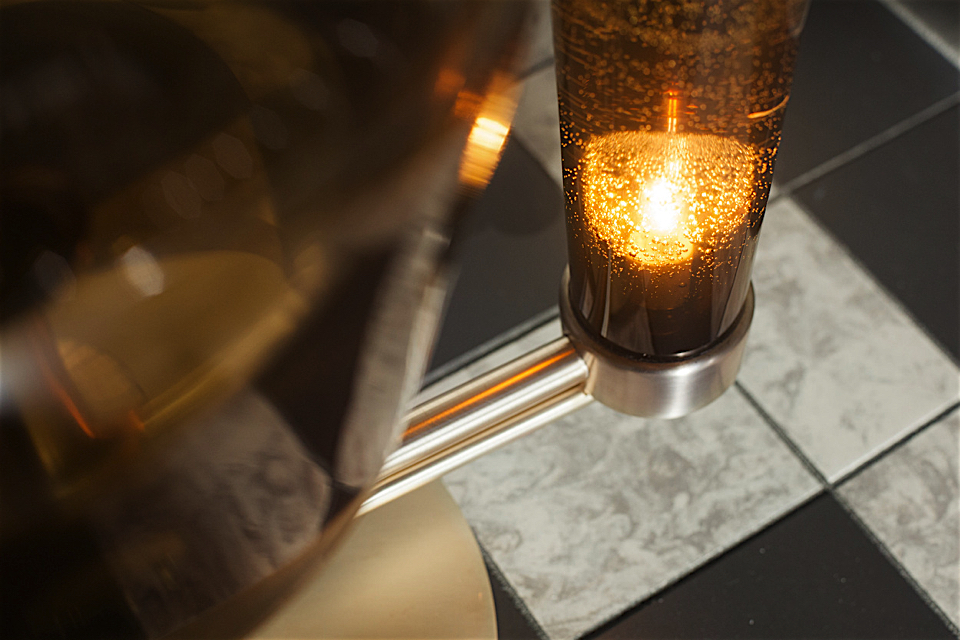
Teresa van Dongen, LUMIST photo by Hans Boddeke
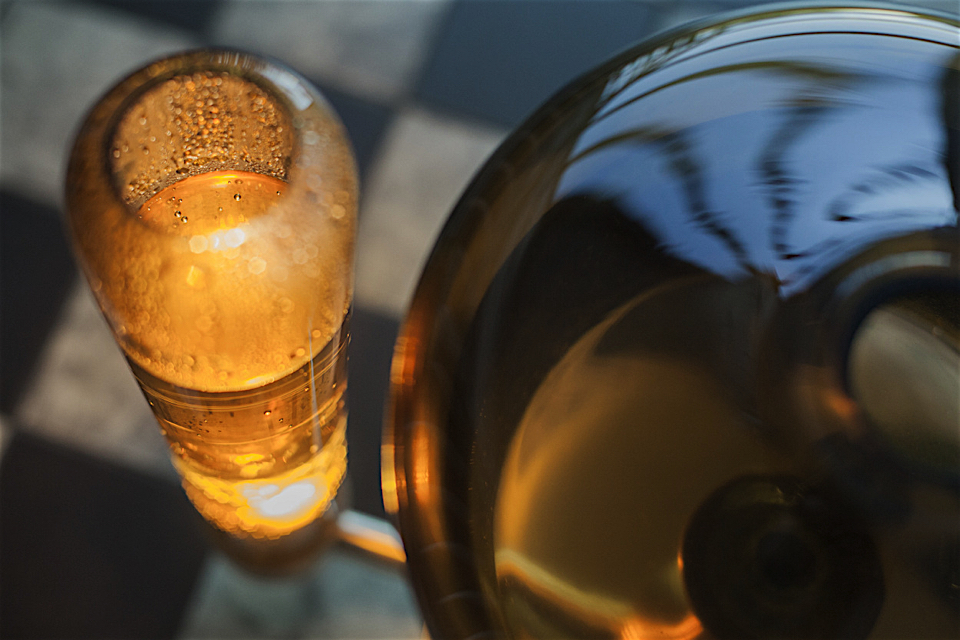
Teresa van Dongen, LUMIST photo by Hans Boddeke

